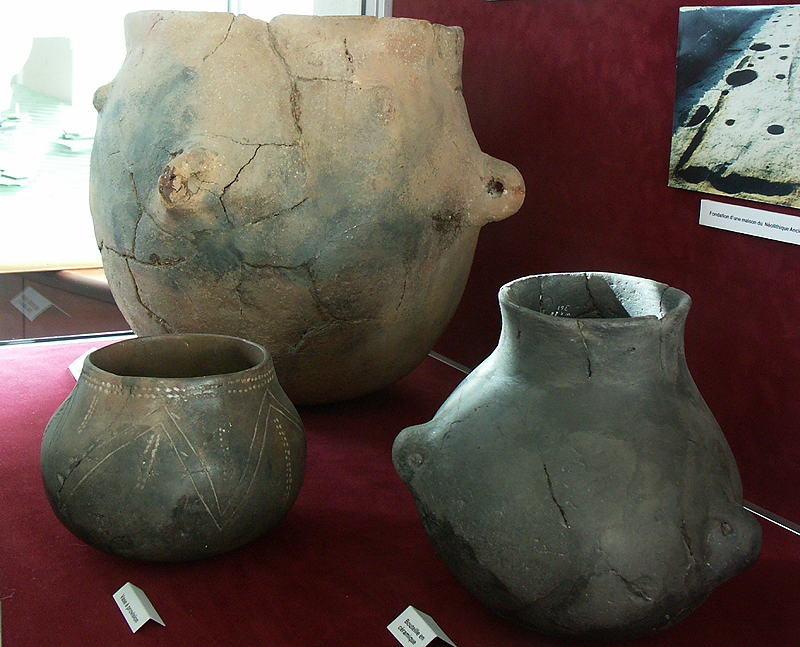

The black turtle on white ground is the emblem of Wettolsheim as it was created in 1696 by the "Armorial Général de France" (general armorial of France). Previously, the 3 diamonds from the family of Wettolsheim were the emblem, as it was graved on the landmarks.
Observing the "Heart of the holy Augustin“ on the possession of the abbey of Marbach in Wettolsheim, we may reach to the conclusion, after deliberated considerations, that from a bad drawing or a free interpretation, the flaming heart with two bolts has become a turtle.

The Hagueneck castle was built at the end of the 11 th century on a spur at 420 m altitude in a small valley above the village. It is a property of the municipality of Wettolsheim since 1912 when it was bought for 42000 Gold-Mark.
Huge maintenance operations have been achieved to save the castle from ruin. This castle is now the only one near Colmar with a donjon open to the public.
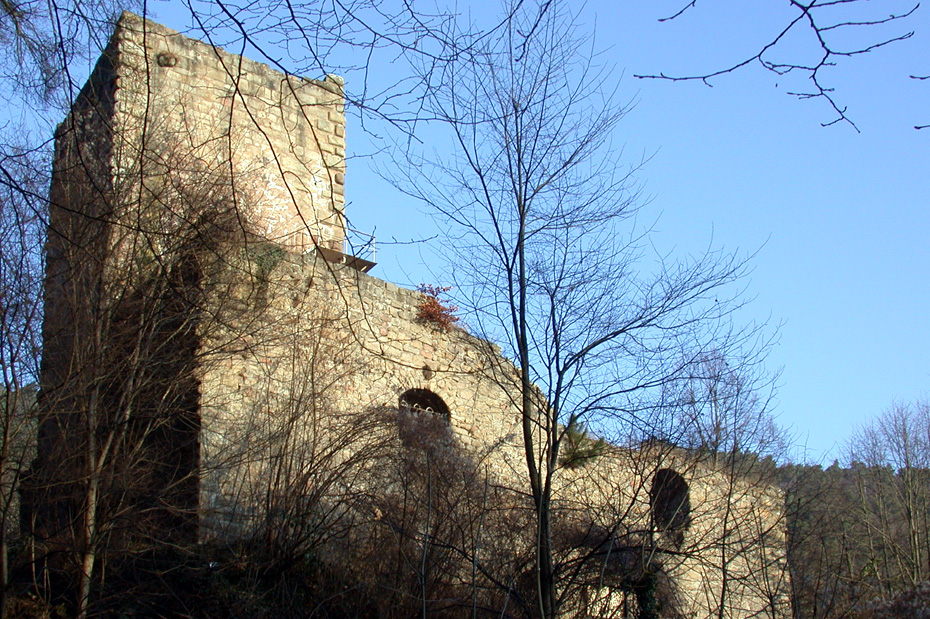
The Hohlandsbourg castle, which overhangs Wettolsheim and belongs to the municipality of Wintzenheim, provides a 360°-wide panoramic view. It used to be among the largest medieval fortresses in Alsatia, and a headquarter of the fiefdom of the Habsburgs. The construction begun 1279. Lazarus von Schwendi, counsellor of the Emperor of Austria Maximilian IInd, acquired it 1563 and modernised it. The castle was destroyed during the Thirty Years' War.
It is now property of the Département Haut-Rhin (Upper-Rhine department), which realised considerable restorations. It can be visited.
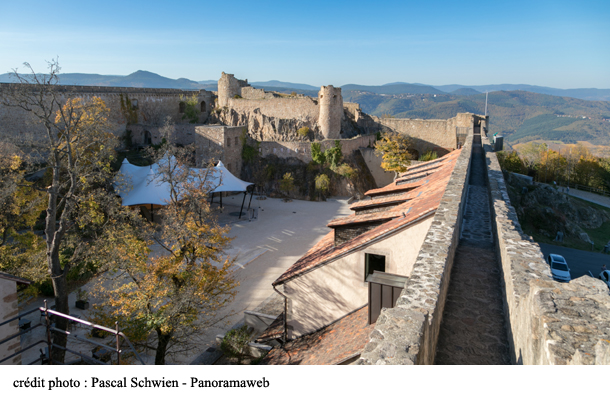
It was built 1780–1782 at the place of a former chapel dedicated to John the Baptist, which is mentioned in historical data 1319 and was rebuilt 1713-1714. The present church was renovated 1983 and 2004.
Also to admire, the statue of the holy Remigius, a baptismal font from the Renaissance, an organ cabinet from the 18 th century and above all, the high altar, a painting from Corty realised 1825 with the pictural representation of the baptism of Clovis.
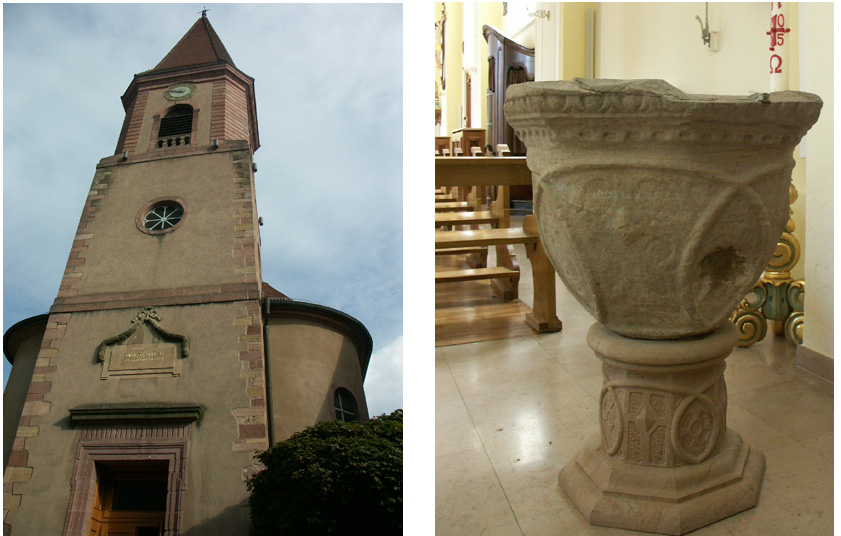
The castle Martinsbourg, mentioned for the first time in 1145, was destroyed 1960. It stands in the southern part of the village, in a large park with an extended garden, a mere and fruit orchards, surrounded by vineyards and with a great view over the Alsatian plain. As a property of the family "von Maltzen" it was from 1784 to 1787 the love nest of countess Luise d'Albany and earl Vittorio Alfieri, the great Italian poet and dramatist from Asti in Piemont, who composed here several major works.
Unfortunately, almost no rests of the edifice remain today.
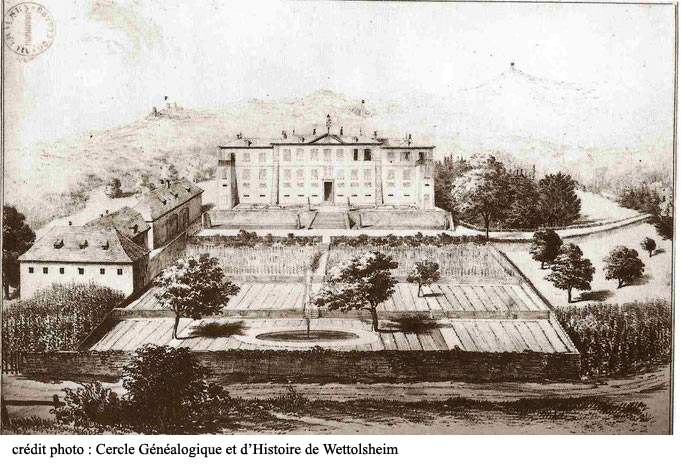
In 1987, the building of a branch of Ricoh Industrie France was planned in the district of Königsbreite in Wettolsheim. This place was already well-known for archaeological troves at the occasion of field work or fractional archaeological diggings by capitular Sig, chaplain Glory, Mr. Charles Bonnet und Ms. Madeleine Jehl. The age of the digged relicts spread over five thousand years space of time: from the Old Stone Age at approx. 5300 B.C. to the Latin epoch.
